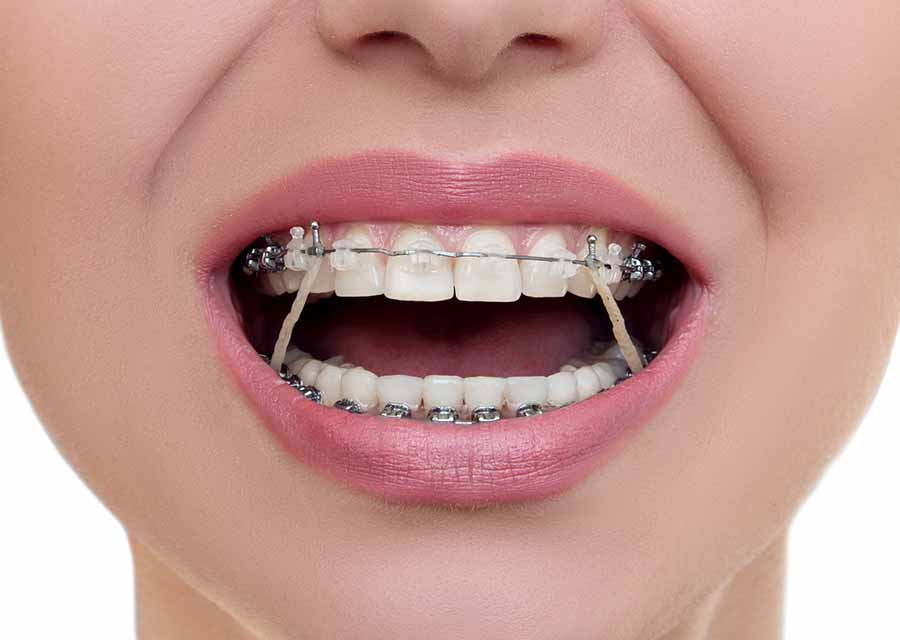The Ultimate Guide To Legacy Orthodontics
The Ultimate Guide To Legacy Orthodontics
Blog Article
The Greatest Guide To Legacy Orthodontics
Table of ContentsA Biased View of Legacy OrthodonticsWhat Does Legacy Orthodontics Mean?Some Ideas on Legacy Orthodontics You Should KnowFacts About Legacy Orthodontics UncoveredExcitement About Legacy Orthodontics
In addition, we offer adjustable treatment timetables, versatile settlement options and a fun, pleasurable experience.An orthodontist is a dental practitioner educated to diagnose, protect against, and deal with teeth and jaw irregularities. Orthodontists function with people of all ages, from youngsters to adults.
Malocclusion, or misaligned teeth, can lead to oral problems, including dental caries, gum tissue disease, and difficult or uncomfortable eating. Not every person is born with straight teeth. If you have a negative bite or huge spaces in between your teeth, you may wish to consult a dentist concentrating on orthodontic care.
The Basic Principles Of Legacy Orthodontics
( Photo Credit Scores: DigitalVision/Getty Images) Orthodontists make use of taken care of and removable oral devices, like dental braces, retainers, and bands, to change the setting of teeth in your mouth. Orthodontic therapy is for dental abnormalities, including: Jagged teethBite issues, like an overbite or an underbiteCrowded teeth or teeth that are as well much apartJaw misalignmentThe goal of orthodontic therapy is to improve your bite.
While you could think of orthodontists as generally for youngsters or teens that require dental braces, they can fix dental troubles at any type of age. Orthodontists attend college, dental institution, and orthodontic institution.
, yet not all dental practitioners are orthodontists. They focus on two locations: Exactly how to appropriately and securely move teeth Exactly how to appropriately lead growth in the teeth, jaw, and faceOnce an orthodontist has completed training, they have the choice to end up being board accredited.
Legacy Orthodontics - Questions
Misalignment, or malocclusion, is the most usual factor people see an orthodontist. It is genetic and is the outcome of dimension differences in between the upper and reduced jaw or in between the jaw and teeth. Malocclusion causes tooth overcrowding, a misshapen jaw, or irregular bite patterns. Malocclusion is usually treated with: Your orthodontist affixes steel, ceramic, or plastic square bonds to your teeth.
If you have only minor malocclusion, you might be able to utilize clear dental braces, called aligners, as opposed to standard dental braces (https://www.metal-archives.com/users/legacyortho). Some individuals need a headwear to assist move teeth into line with stress from outside the mouth. After braces or aligners, you'll require to wear a retainer. A retainer is a custom gadget that maintains your teeth in position.
They're frequently made use of on kids. They can create added room in the mouth without having to draw teeth. If you have a major underbite or overbite, you might require orthognathic surgery (likewise called orthodontic surgery) to lengthen or shorten your jaw. Orthodontists make use of cables, surgical screws, or plates to sustain your jaw bone.
You might require to see an orthodontist if you have: Crowding or otherwise enough space for all of your teethOverbite, when your upper teeth come over your bottom teethUnderbite, when your base teeth are as well far forwardSpacing or issues with gapsCrossbite, which is when your top teeth fit behind your bottom teeth when your mouth is closedOpen bite or a vertical void in between your front base and upper teethMisplaced midline, when the center of your bottom and top teeth do not align Dealing with a dental malocclusion can: Make attacking, eating, and talking easierImprove the balance of our face and your general appearanceEase discomfort from temporomandibular joint disordersSeparate your teeth and make them easier to clean up, aiding prevent dental caries or tooth cavities It's frequently a dental professional who first notifications misaligned teeth throughout a regular exam.
The 10-Minute Rule for Legacy Orthodontics

During your first orthodontic assessment, you'll likely have: An oral examPhotos taken of your face and smileDental X-raysPanoramic (360 degree) X-rays of your face and headImpressions to develop mold and mildews of your teethThese examinations will certainly aid your orthodontist understand just how to continue with your therapy. leesburg orthodontist. An orthodontist is a dentist who's had training to treat your teeth and jaw
Orthodontists may perform surgical treatment, exams,X-rays,and more to aid you obtain a much more comfortable, healthier smile. An orthodontist is concentrated on your bite, so something like a damaged tooth would certainly be handled by a dental professional. Orthodontists are dental practitioners but not all dental practitioners are orthodontists. Orthodontists are concentrated on your bite, or the means your teeth fit with each other, and the straightness of your teeth.
Ever wondered just how stars constantly appear to have perfectly lined up teeth? The answer commonly depends on the skilled hands of an orthodontist. But what specifically does an orthodontist do? Orthodontists are dental specialists that concentrate on dealing with abnormalities in the teeth and jaws. Their knowledge surpasses simply developing a beautiful smile; it expands to enhancing your overall dental health and wellness and function.
10 Easy Facts About Legacy Orthodontics Shown

, orthodontists have a varied toolkit at their disposal. These tried-and-true braces make use of a system of explanation braces adhered to the teeth and linked by cords.
Clear aligners, like Invisalign, are a popular alternative for clients looking for a much more very discreet treatment choice. These removable trays are customized to progressively move the teeth's position. Headgear may be used combined with braces or aligners to use extra targeted pressures, especially for fixing jaw inconsistencies. In situations of slim jaws, palatal expanders can be made use of to develop area for correct tooth alignment.
Report this page